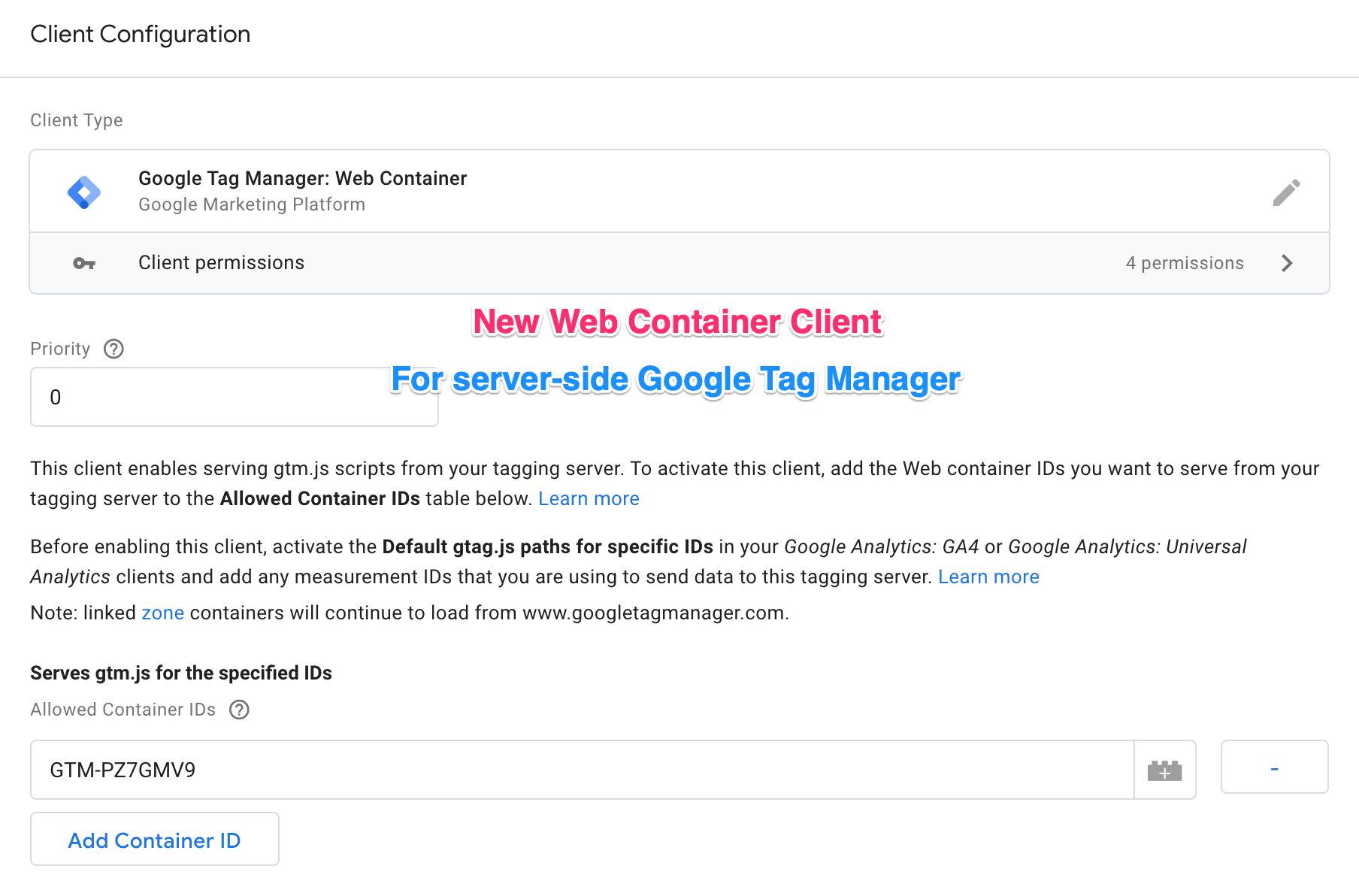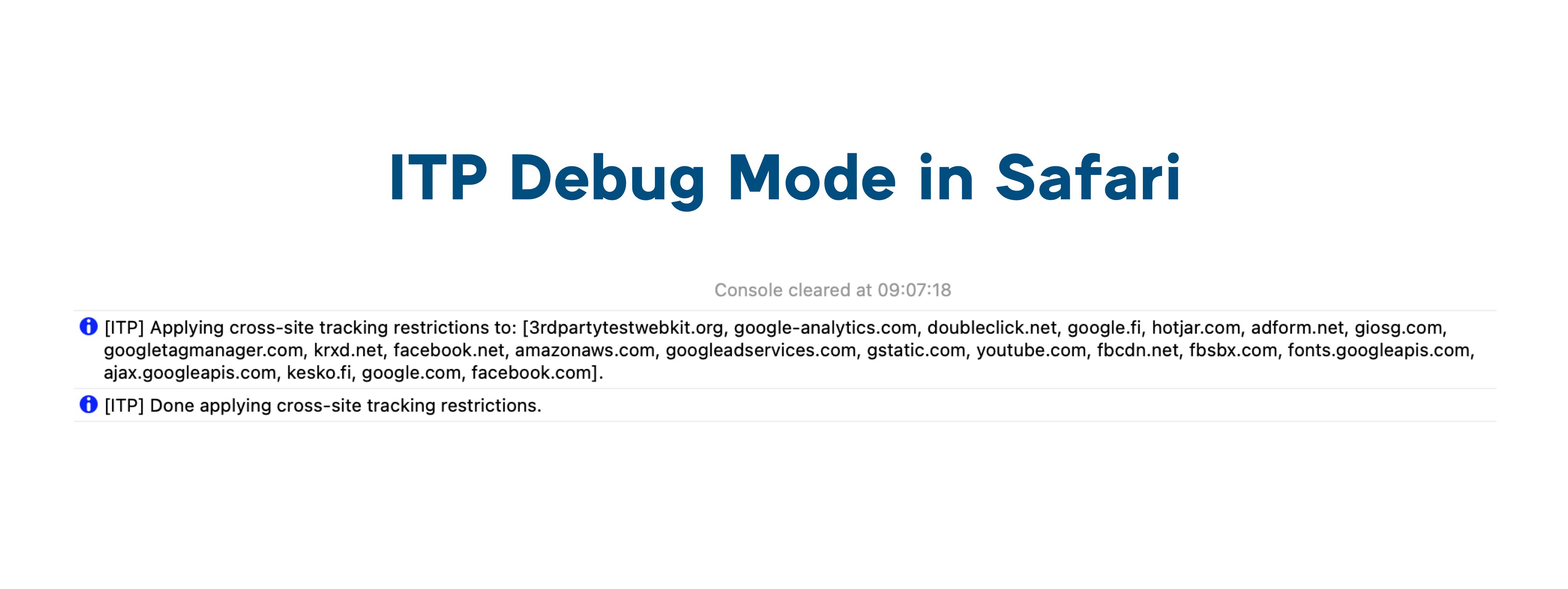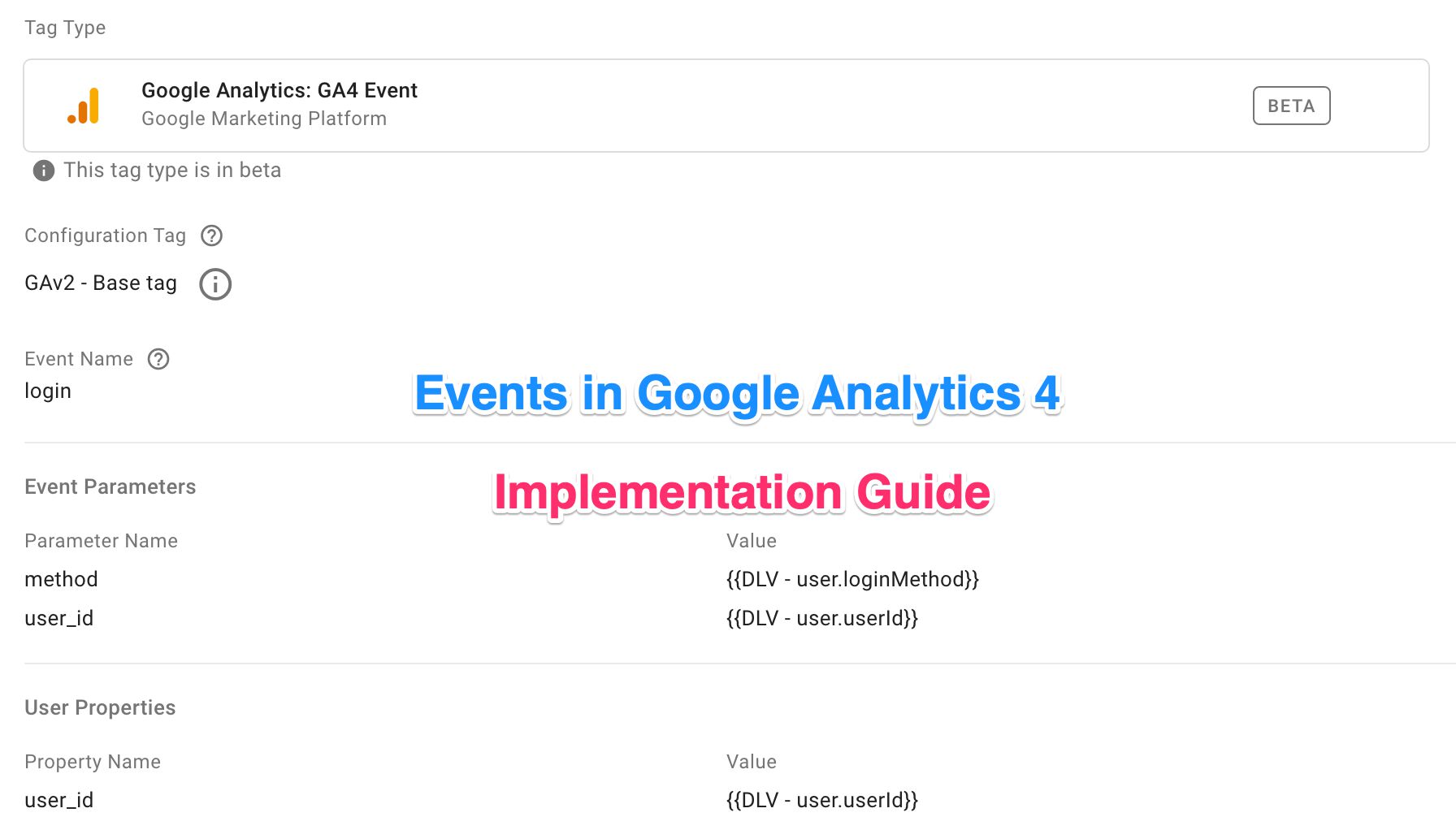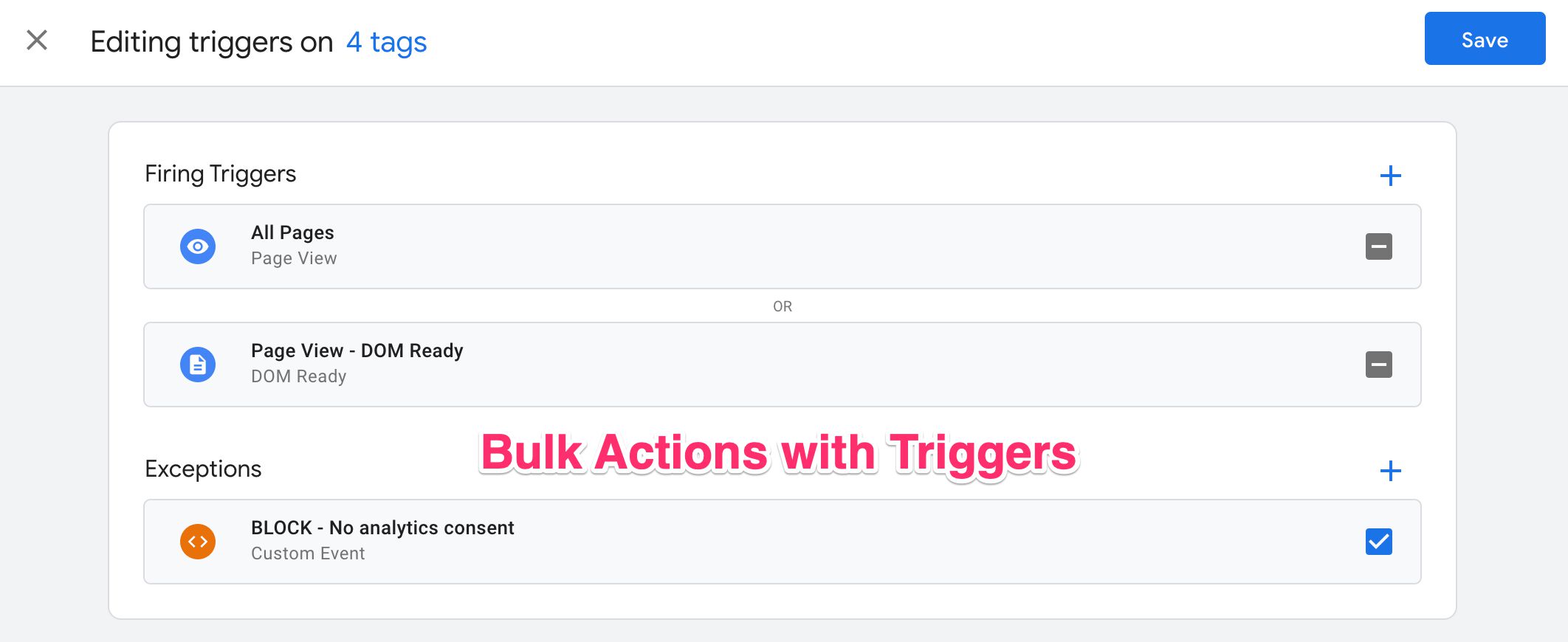Updated 3 March 2023: Added a checkbox to the template to enable collecting FCP, INP, and TTFB metrics, too..
Core Web Vitals is described on the dedicated web.dev resource as (emphasis mine):
“Core Web Vitals are the subset of Web Vitals that apply to all pages, should be measured by all site owners, and will be surfaced across all Google tools.”
Recommended Core Web Vitals thresholds - from https://web.







